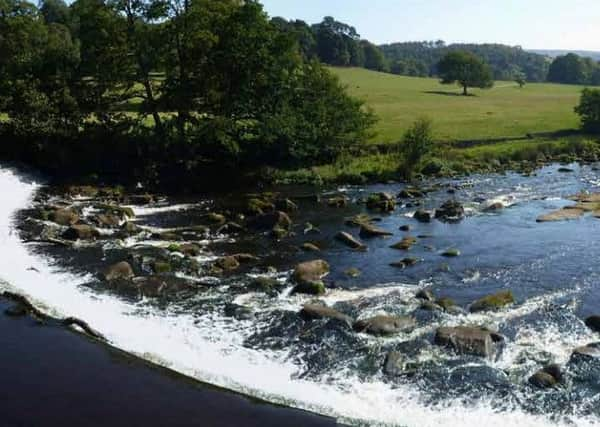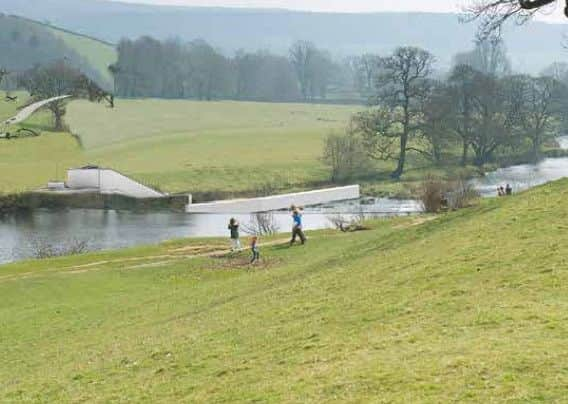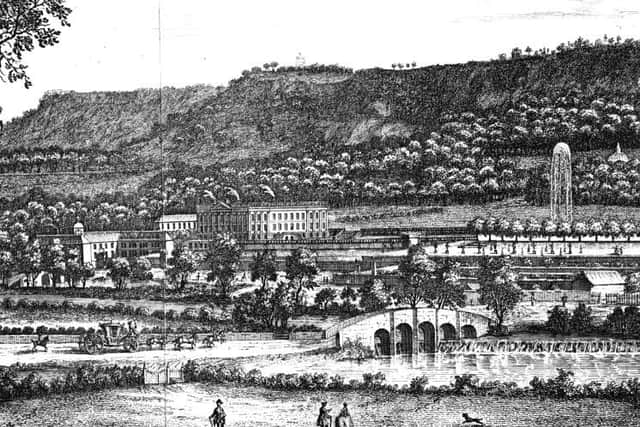Chatsworth estate in hydropower bid


The historic house and popular tourist attraction owned by the Duke and Duchess of Devonshire has entered a planning application for the scheme, which they hope will cut energy costs from the national grid by almost a quarter.
Two “Archimedes” type hydroelectric turbines could be installed along the rivers eastern bank, alongside it’s two historic weirs which were installed in the 19th Century with the shaping of the landscape around the house.
Advertisement
Hide AdAdvertisement
Hide AdThe plan will involve excavating a channel around the weir structures to reduce the visual impact and disturbance to the 18th Century brick weirs, and will incorporate a 3.2-metre “screw” which will consume 5,000 litres of water a second and generate up to 90kW of electricity.


Peak Architects said: “Through installing the two hydropower schemes it is predicted that we will produce 445,000kWh of renewable electricity saving the equivalent of 350 tons of carbon emissions from Britain’s coal-fired power stations.”
The house and visitor attractions currently consume around 1.8 million kWh so the scheme should reduce consumption by just under 24 per cent.
And migratory fish will be given new freedom to navigate upstream as problems caused by the installtion of the first weir will be corrected.
Advertisement
Hide AdAdvertisement
Hide AdThe river was originally altered by Lancelot Brown in the 18th Century by being widened and straightened as it passed through the estate and the curved, stone weirs were built along the river to allow for the alterations to the landscape in front of Chatsworth house by controlling water levels and enabling the river to be widened..


The estate awaits a decision from the Peak District National Park Authoity in July.
Jessop Consultants who provided a heritage assessment of the plan, said: “There are very few surviving historical records that document their construction following the re-landscaping of the river banks and the construction of Paine’s Mill. The Upper Weir was first depicted in 1773 when it was built to replace a medieval barrier, and the house’s accounts record £239.1.2.1 on “a new weir over ye River Derwent” in 1772 – worth £30,000 today.